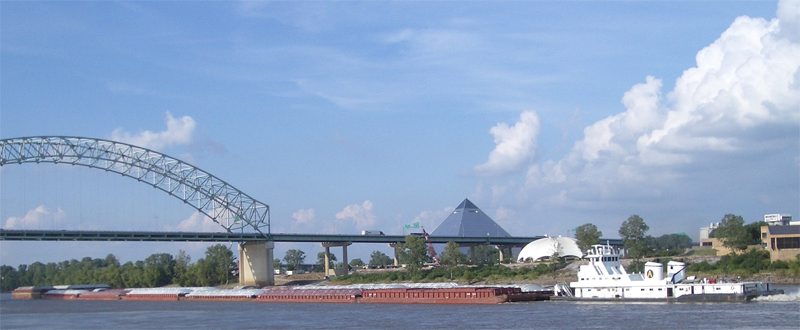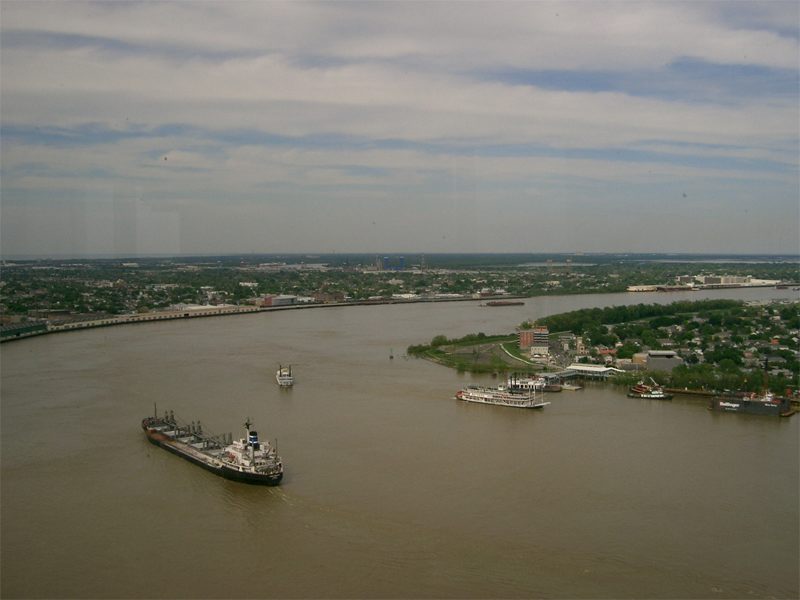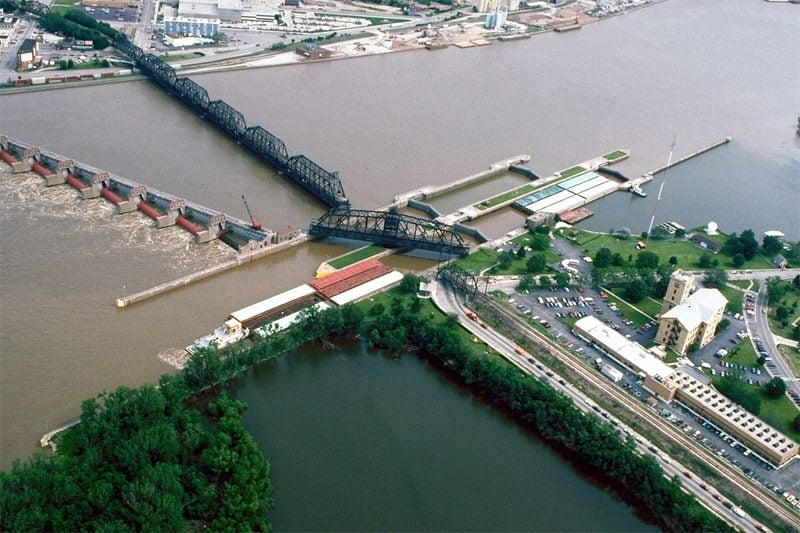In literature, rivers represent life, journeys and rebirth. But in real life, they mean even more.
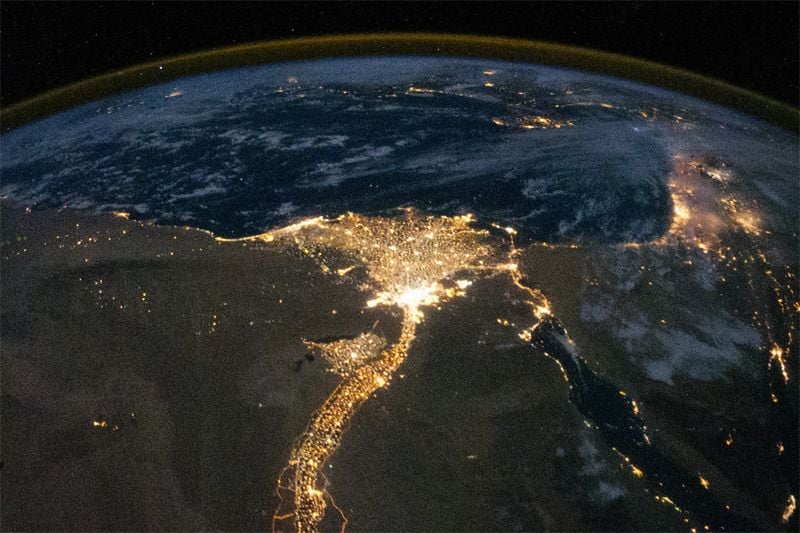
The Nile
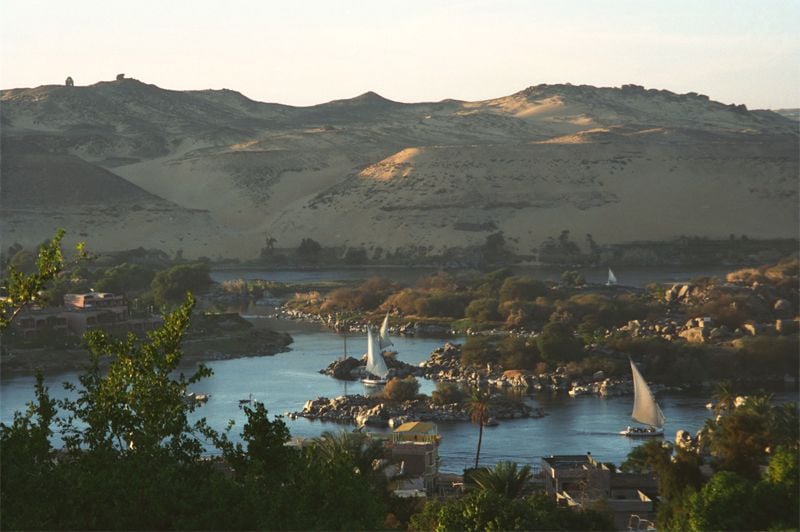
Snaking through an incredible eleven countries with an estimated length of 4,130 miles, the Nile is one of the world’s largest and most important rivers in human history. Countless civilizations, the Ancient Egyptians among them, have taken advantage of the Nile’s position in some of the world’s most inhospitable climates to survive–and eventually flourish.
While crucial in ancient times in terms of subsistence, the Nile was prone to catastrophic flooding due to melting Ethiopian snows near the river’s source. It wouldn’t be until the Aswan Dam’s completion in 1970 that the Nile finally stopped flooding.
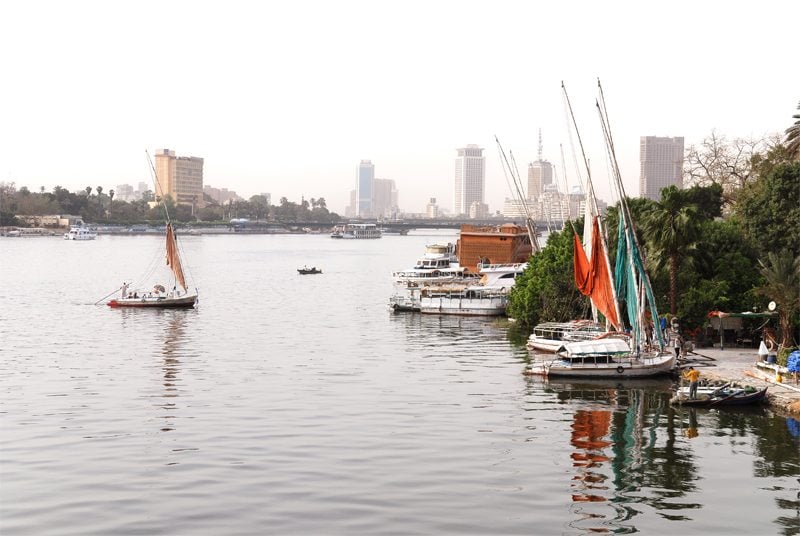
Source: Wikipedia
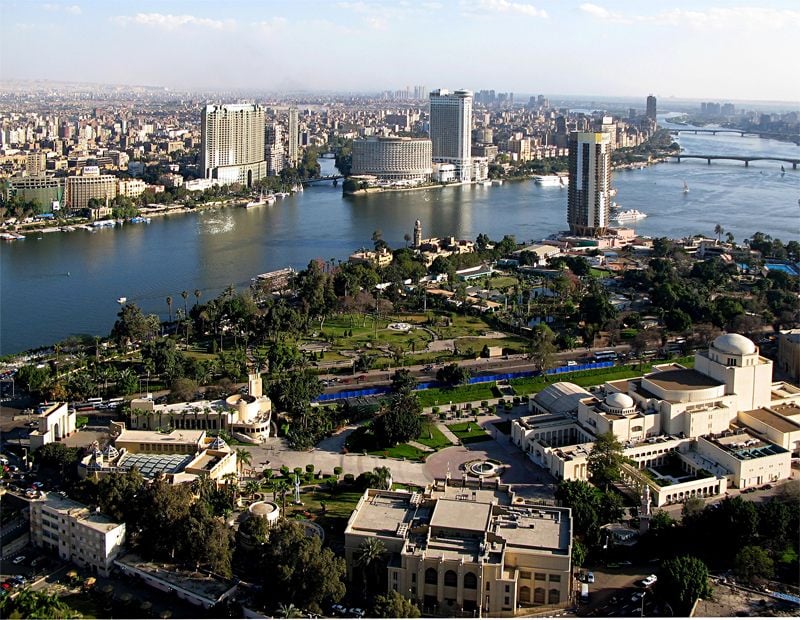
Source: Wikipedia
The Yangtze

Source: Wikipedia
Along with the Yellow River, the Yangtze River represents one of the most historically important facets of China’s economy and culture.
As the longest river in Asia and the third longest in the world, it is estimated that the Yangtze today accounts for up to 20% of the People’s Republic of China’s gross domestic product. The river, which has been used since ancient times for a variety of purposes, is also home to the world’s largest hydroelectric power plant and several species of rare or endangered river animals.
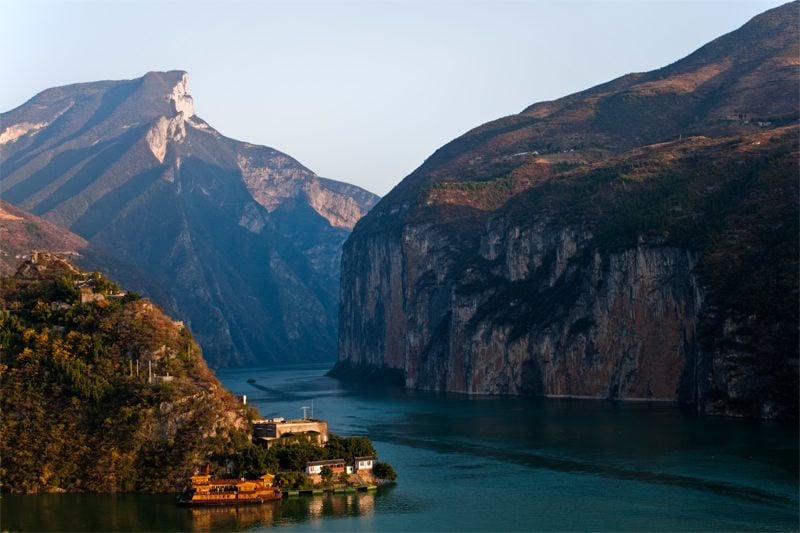
Source: Wikipedia
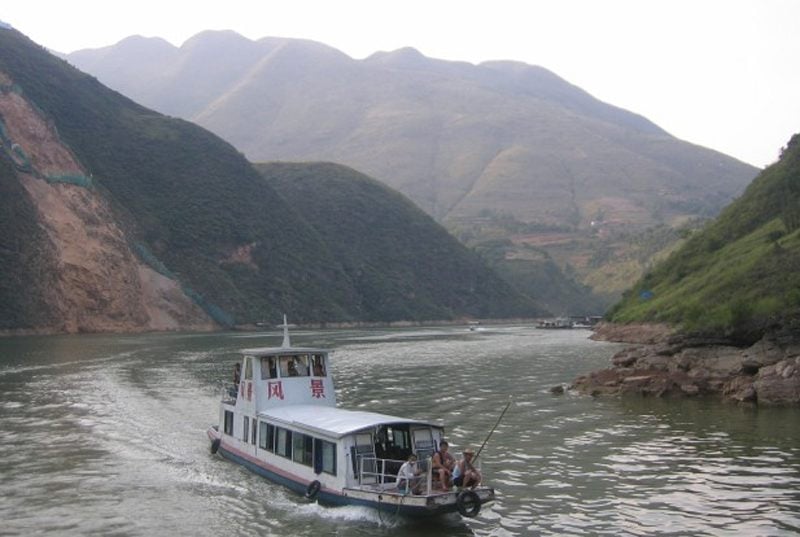
Source: Wikipedia
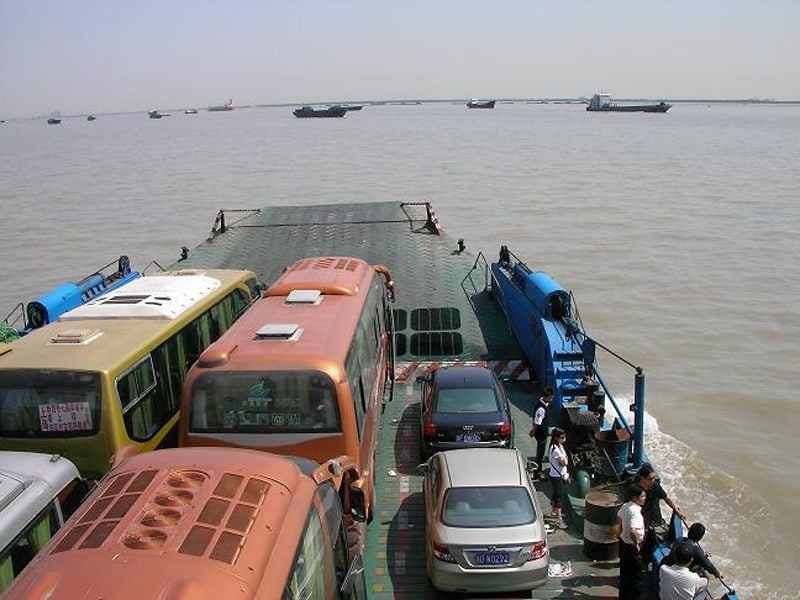
Source: Wikipedia
The Yenisei
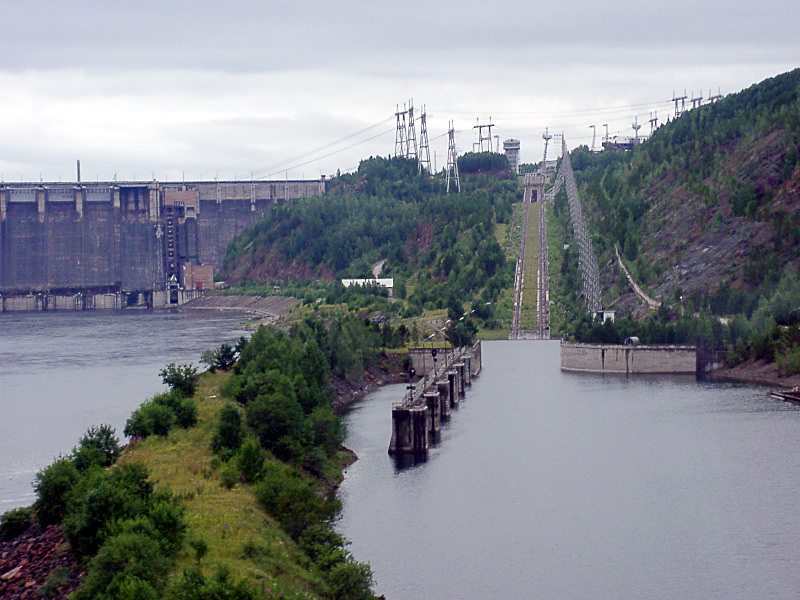
Source: Wikipedia
Flowing primarily through Russia and Mongolia, the Yenisei is the fifth longest river in the world and the largest to flow directly into the Arctic Sea. In modern times, the Yenisei remains crucial to maintaining and developing Russia’s industry thanks to the fact that one entire stretch of the river is dedicated to hydroelectric power plants that power the nearby industrial areas.
During World War II, Germany and Japan recognized the vast importance of the river and decided, should they succeed in winning the war, to use it as the marker to divide Asia between them.
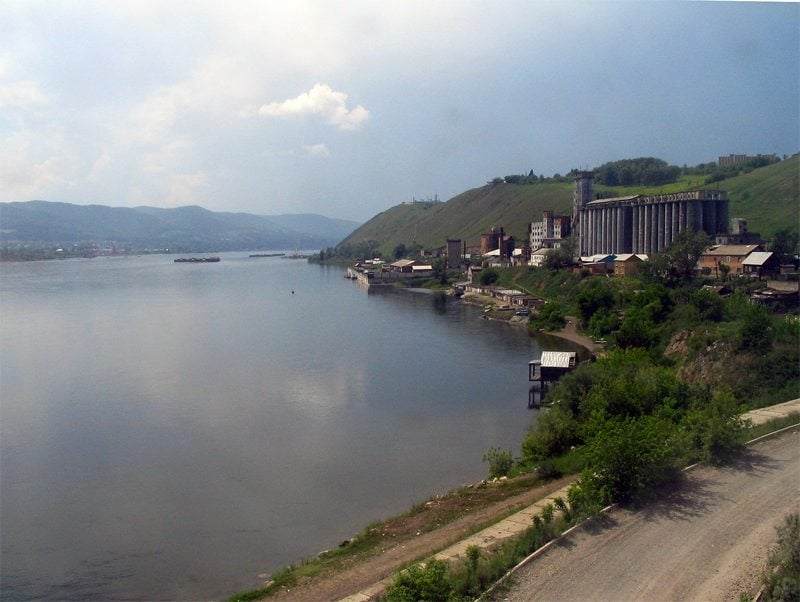
Source: Wikipedia
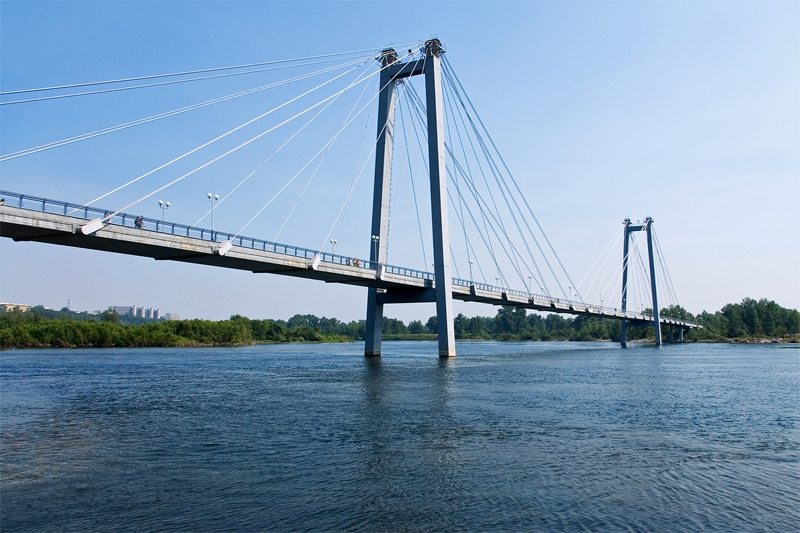
Source: Wikipedia
The Mississippi
The Mississippi River is without a doubt the most crucial river on the eastern seaboard of the United States–and likely in the entire country. Prior to the United States’ exploitation of the winding waterway, Native American tribes used the Mississippi as a means of transportation, food, and water. Once established, the United States quickly saw the economic value in the river, and soon enough river trade exploded from the Gulf of Mexico and extended northward.
To this day, the Mississippi represents one of the key trade and goods routes in the country. While valuable, many scientists believe this could actually spell certain doom for river trade ports like New Orleans should the river–due largely to the effects of pollution–shift from its current course and move toward Western Louisiana.
